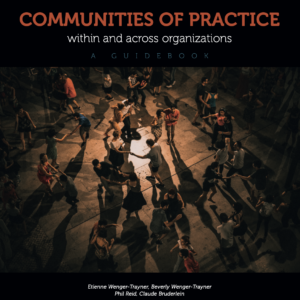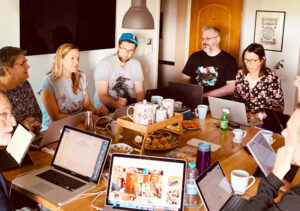NOTICE: There is an updated version of all these FAQs on our new website:
How big can a community of practice become?
Being a community of practice does not depend on size. It depends on identification with the domain and enough mutual engagement to produce learning value. Of course, if a community is very small, members will likely have heard each other’s stories and opinions after a while. Without new blood or more people, interactions often become stale, unless the domain is extremely dynamic and presents new, exciting challenges all the time. If a community becomes very large, intense interactions will be more difficult. The community will tend to spawn smaller subgroups based on specialized interest or geographical proximity. But if one considers different levels of participation, as long as an active core group sustains enough engagement, there is no limit to the number of people who might benefit from the learning that takes place (especially with new technologies that enable peripheral participation across time and space).| << How long can a community last? | What level of participation can one expect? >> |
For more information, click here:
For a more precise definition, see our theory page on communities of practice:
For a bit more info, see our general (but brief) introduction to communities of practice and their use in various contexts:
For practical advice on cultivating communities of practice, see our new guidebook:
For workshops on cultivating communities of practice:



How many people do you need to class as an community 2 10 20 ?
It is really not a matter of number, but a matter of identification resulting in a learning partnership.